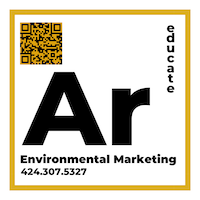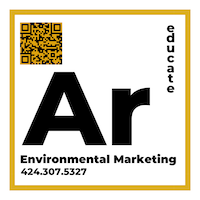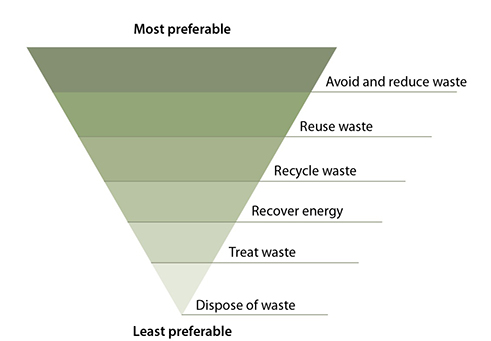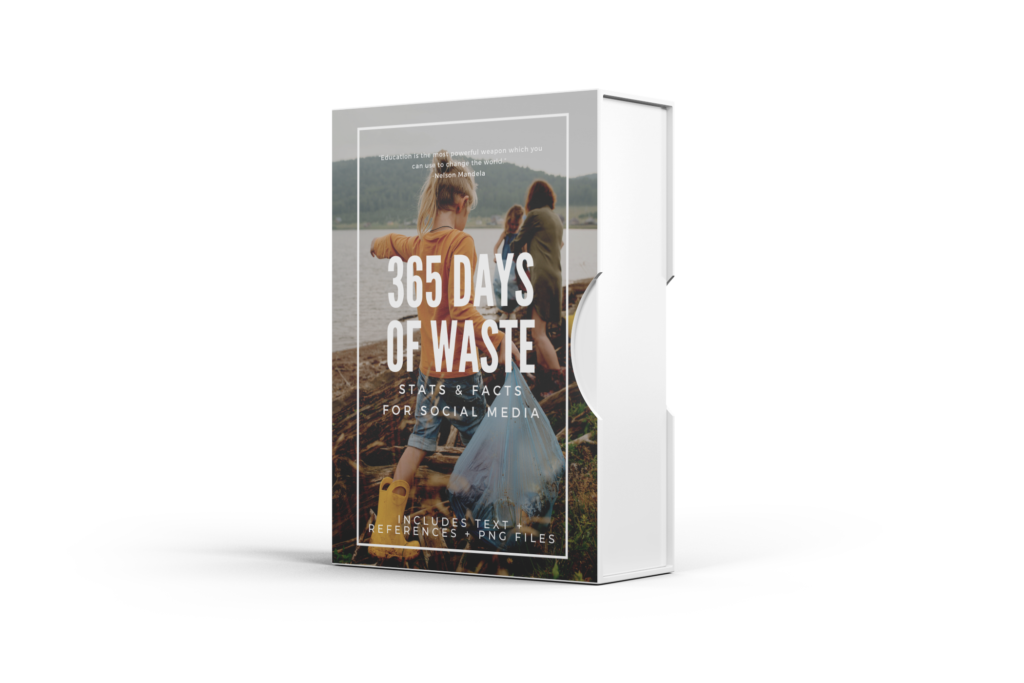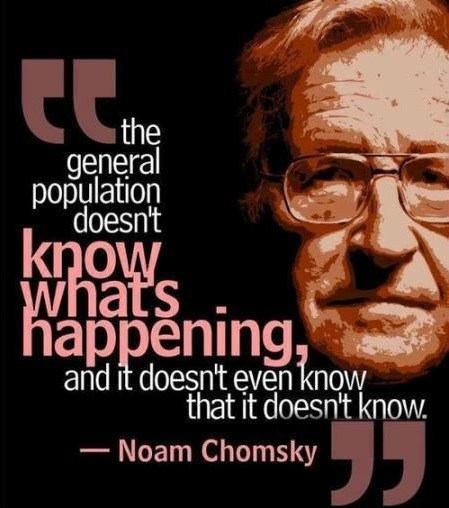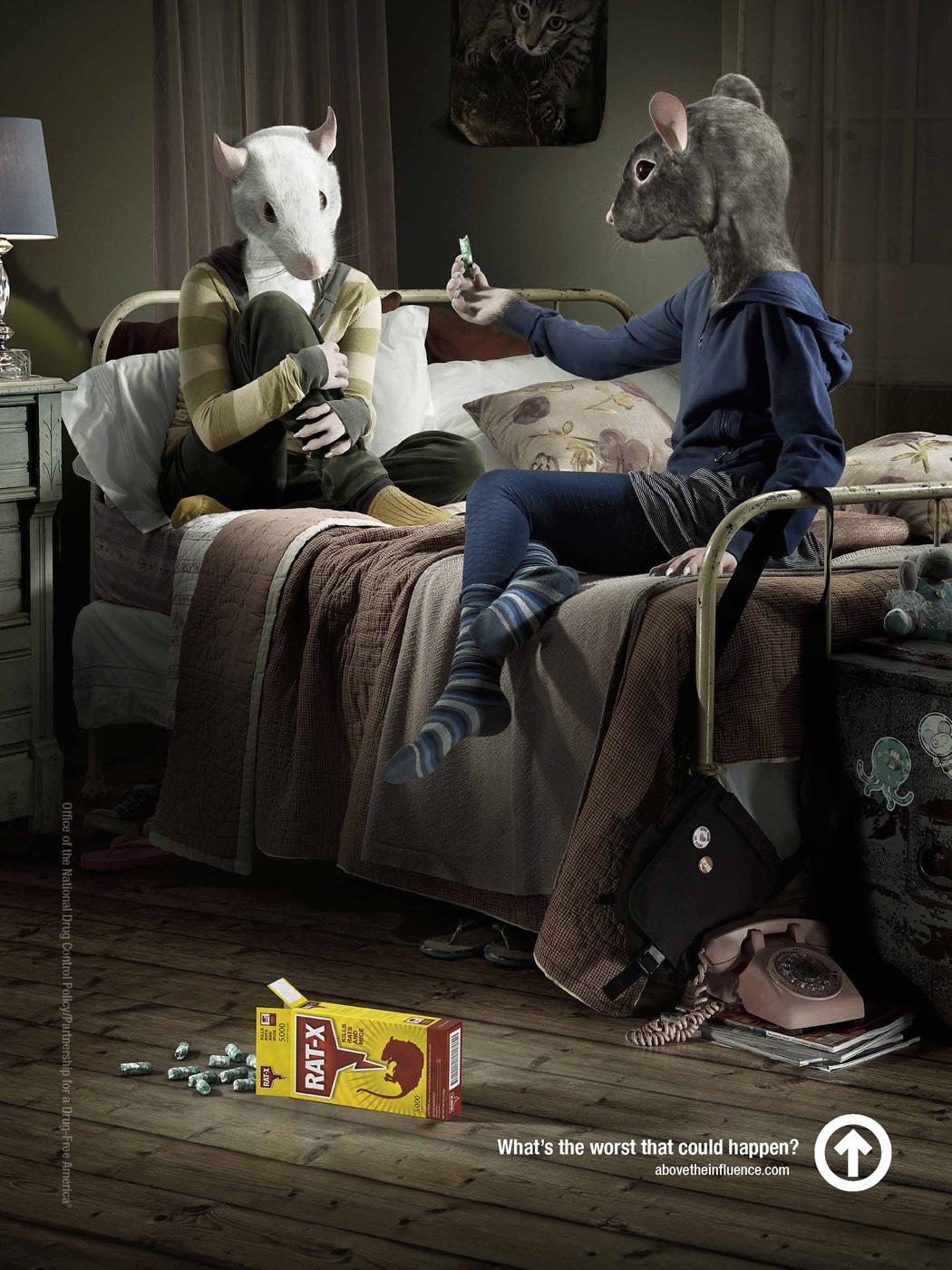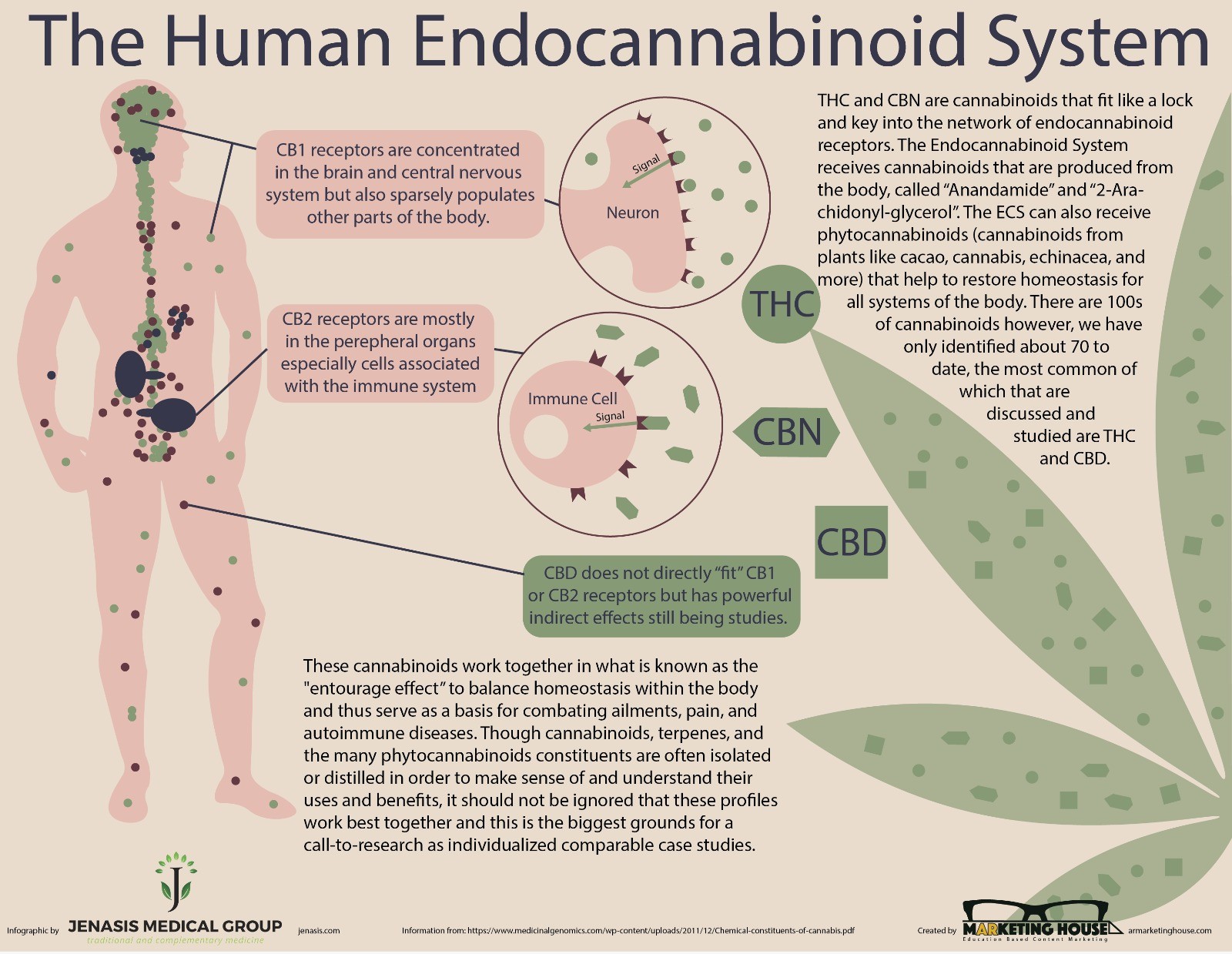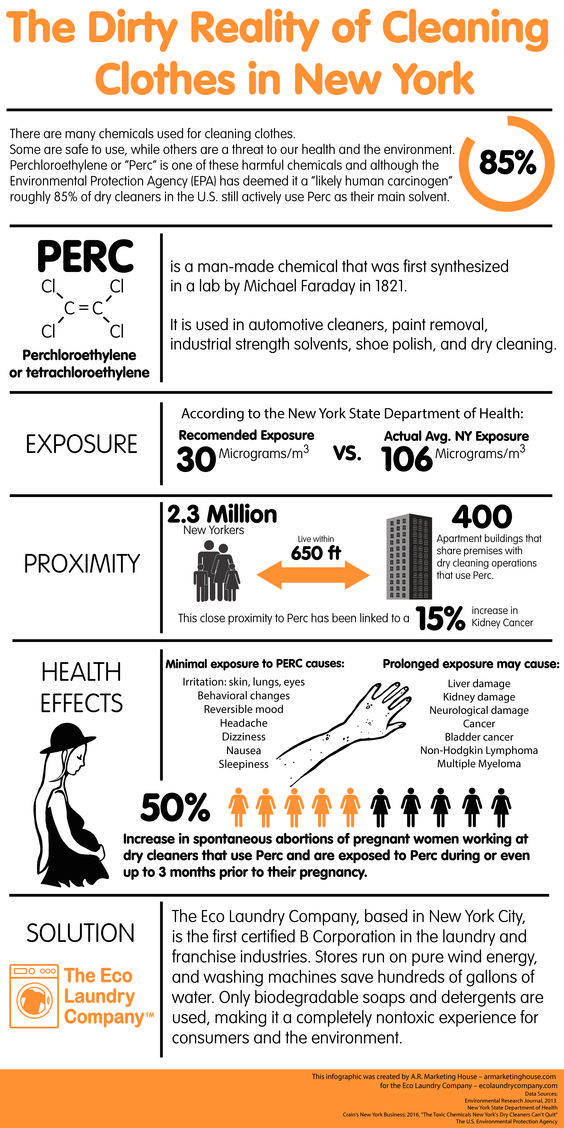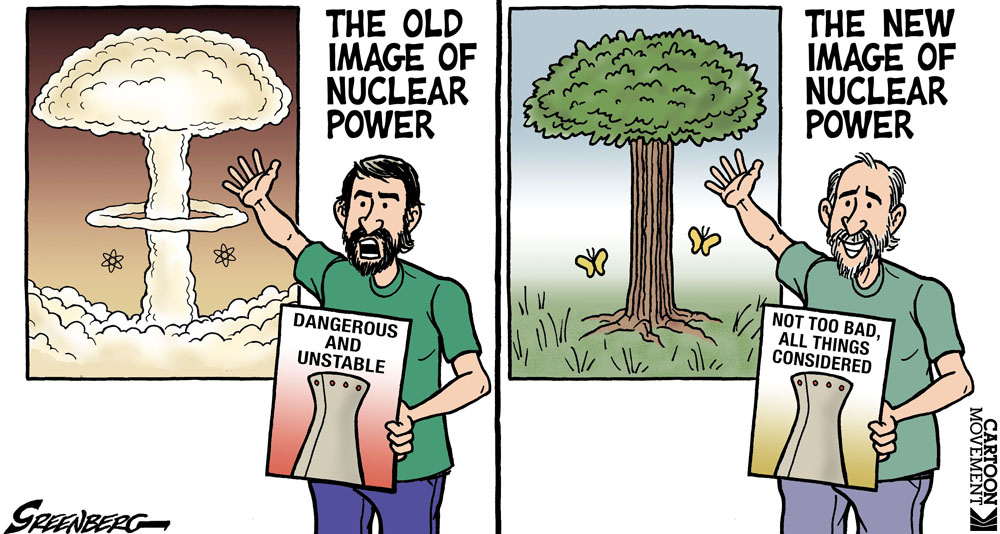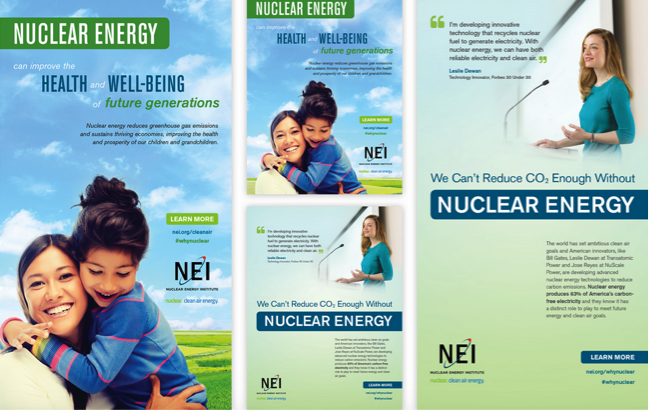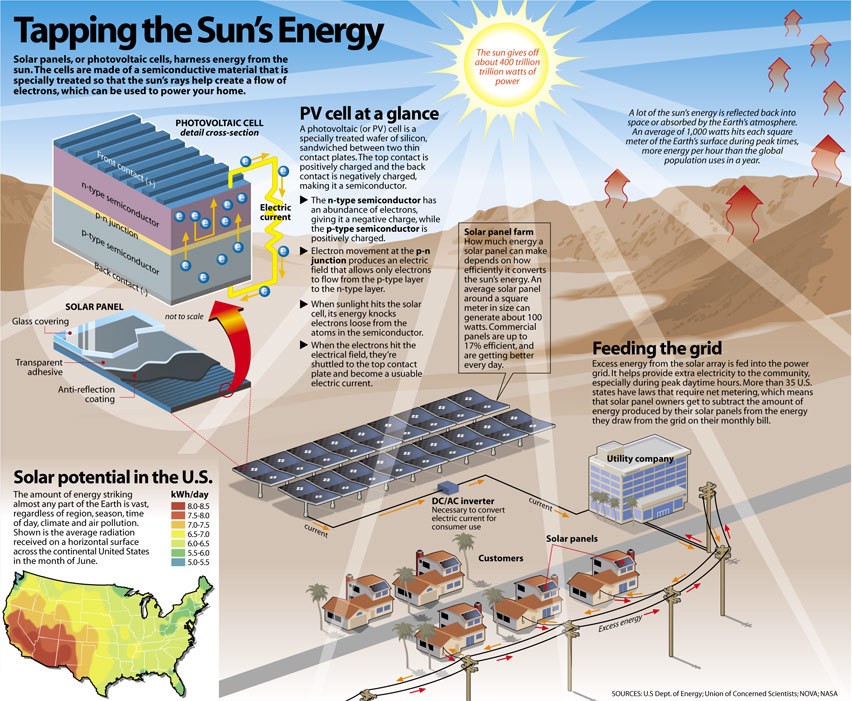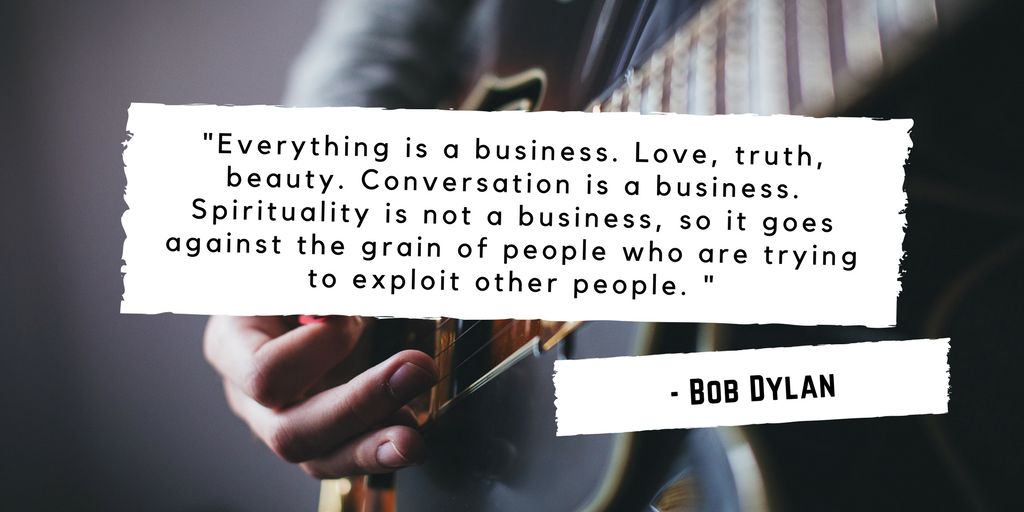The evolution of our waste issues
We, the people, are communal animals. There is no denying that. We are also creators of waste. As we came together in larger and larger communities, the need to manage waste grew more complicated and more expensive, of course. Waste management has long provided work for some, and benefits to society such as health and even soil improvements. Waste is one element that we often want to keep out of sight and out of mind – NIMBY (not in my backyard).

In this age of uncertainty and distraction, we sometimes overlook basics. Waste management is one of those basics. Above is a rendition of life during the black plague, when waste was not properly managed. Knowledge seemed to come and go about managing waste. Some ancients made sure they had clean environments. Others, not so much. Some even figured out that keeping things clean helped people’s health, as embodied in the Shinto religion, cleanliness is godliness.
Urban growth seemed to dictate innovation in this area, but it wasn’t organized as we know it in a municipal effort until the 18th century. As a historical note, the Han Dynasty (2000 BC) had records of “fertilizer recipes,” and the Minoans (1500 BC) had evidence of dumpsites outside of the Cretan capital of Knossos.
In ancient cities, wastes were thrown onto unpaved streets and roadways, where they were left to accumulate. It was not until 320 BCE in Athens that the first known law forbidding this practice was established. After the fall of Rome, waste collection and municipal sanitation went into serious decline. “Scavengers” eventually were given the job of moving waste to dumps outside cities around the 14th century.
England decided that every city had to have its own “Scavenger,” according to the Encyclopedia Britannica in 1714.

For many of us, Waste Management consists of those weekly pickups of our garbage and recycling bins. Keep them coming, and all is well. Yes, a variation of out of sight; out of mind. Some rural types haul theirs to the local dump or landfill and are a little closer to the land and the need to handle the waste properly.
Waste Management has evolved. Here are a couple of fun historical attempts by communities to handle waste:
Charleston W.V. 1834, hunters were prohibited from killing vultures because they helped consume the city’s garbage.
Worcester, MA, from 1872-1932, used up to 8000 pigs to take care of the city’s garbage. The city’s “piggery” employed these diligent public servants to good measure, consuming over 10 tons of garbage daily. These poor porkers received room and board only despite their dedicated service.
50s plastics = Throwaway Society
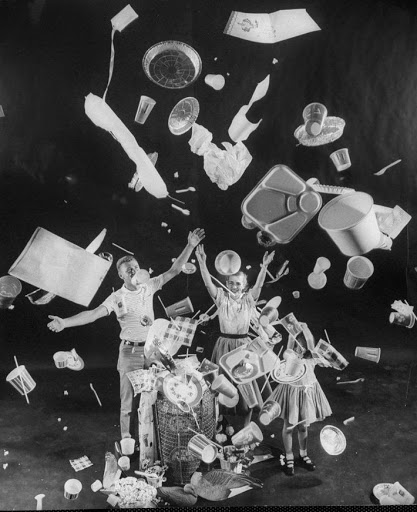
In Life magazine in 1955, an American family celebrates the dawn of “Throwaway Living,” thanks in part to disposable plastics. Single-use plastics have brought great convenience to people around the world, but they also make up a big part of the plastic waste that’s now choking our oceans. Photograph by PETER STACKPOLE, LIFE PICTURE COLLECTION/GETTY IMAGES
In Life magazine in 1955, an American family celebrates the dawn of “Throwaway Living,” thanks in part to disposable plastics. Single-use plastics have brought great convenience to people worldwide, but they also make up a big part of the plastic waste that’s now choking our oceans. The composition of waste has changed over the years, and the days of the cart moving waste to noxious incinerators, rivers, ocean fronts, and old fashioned garbage dumps have mostly disappeared.
Technology improvements like motorized vehicles lead to things like garbage trucks and organized waste collection in most American cities. Increased mobility, supermarkets, an explosion of packaging saw many changes to our society, and a wave of waste. From celluloid to plastic, was it inevitable that our distancing from the natural world would lead to the Throwaway Society coined in a 1955 Life Magazine article “Throwaway Living”?
The 1985 article, A Paean to Plastic, was also a hallelujah to housewives’ chance to free up time, which would have been used for cleaning plates, towels, diapers, ashtrays, etc. But, of course, for every action, there is a reaction.

The problem was that these unnatural conveniences didn’t go away. No, they might have been burned and polluted the air. They may have been piled into a landfill and, as we now know, breakdown over 400 plus years. They might have fallen into rivers finding their way to the sea, sinking into the depths of Marianas Trench.
[su_youtube url=”https://www.youtube.com/watch?v=C9UtaVgnPMY ” width=”540″ autoplay=”yes” mute=”yes” title=”Deep In The Heart Of The Mariana Trench…Is A Plastic Bag”]
Before the birthing of western environmental consciousness in the 1960s, waste was usually burned on-site in barrels or pits. Waste sent to landfills was likely to be dumped in “open burn landfills.”
Then in the 1960s, public health experts started sounding the alarm about our handling of waste in its many forms. A 1963 conference screamed about the dangers to health that improper handling of waste could cost. By 1965, the Solid Waste Disposal Act (SWDA) gave birth to solid waste’s first nationwide regulation. Moving at the usual government speed, Congress passed the Federal Resource Recovery Act in 1970. This act amended SWDA to require the Federal Government to step in and set National Guidelines for Waste disposal.
Trying to fix the growing volume of municipal and industrial waste, congress passed the Resource Conservation and Recovery Act (RCRA) in 1976. The act banned the dumping of waste, taking lessons learned; it also recommended national goals for conservation, human and environmental protection, and environmentally-sound waste disposal. Hazardous waste was to be controlled, as well as passing the Toxic Substances Control Act.
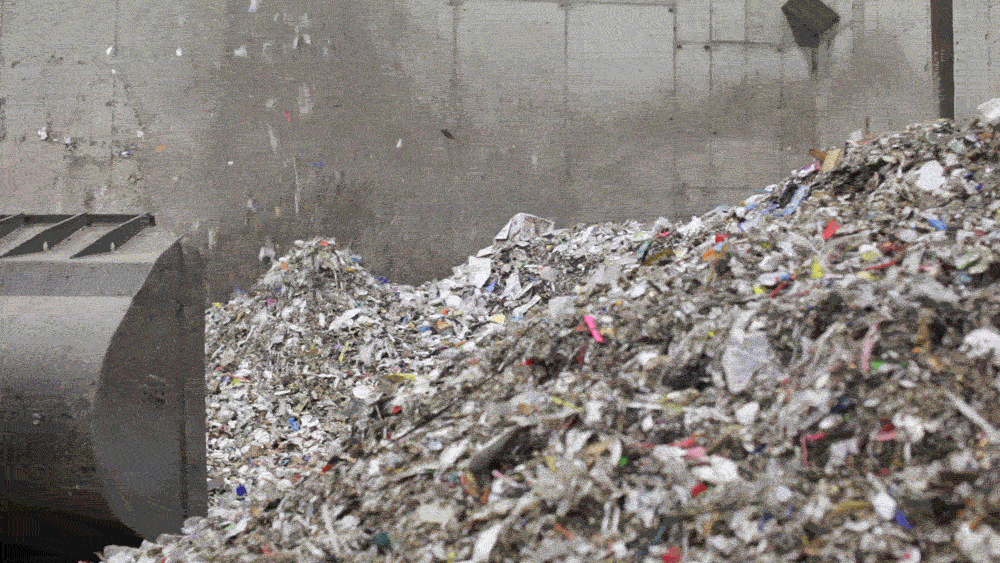
Waste trends have been exploding since 1960; the U.S. generated 88.1 million tons of waste or 2.96 lbs. That is per person, each day. By 1970, that number jumped to 121.1 million tons averaging 3.25 lbs per person on a daily basis. In the year 2000, we generated 243.5 million tons of solid waste, jumping up to 4.74 lbs per person each and every day. In 2017, 267.8 million tons were generated with the average lbs per person at 4.51, according to the U.S. EPA.
U.S. Congressional efforts to tighten environmental damage has, of course, complicated the handling of solid waste. Recycling came to the rescue – at least for metal, glass, and paper. The same cannot be said for plastic recycling; on that front, it’s official – we’ve all been lied to. But over time, certain wastes became commodities. And for every commodity, there’s always a conservative, corporate raider lurking. Jeez, guys, can’t we have anything nice?
And at last, we have the explosion of public service privatization. You can spot these people as haters of the New Deal who brought us concepts like “Breaking Municipal Monopoly” Emanuel Savas. Sounds like the Hollywood phraseology from Ronald Reagan: “Government is not the solution to our problem, the government is the problem,” which we’ve all come to learn the hard way via COVID-19; this is simply not true.
Gone are the open burn pits, yes, but demonizing of public workers and desperate, financially strapped communities blasted with little more than propaganda about how privatizing and shrinking the size of government would be so wonderful – NEWS FLASH, it’s not…
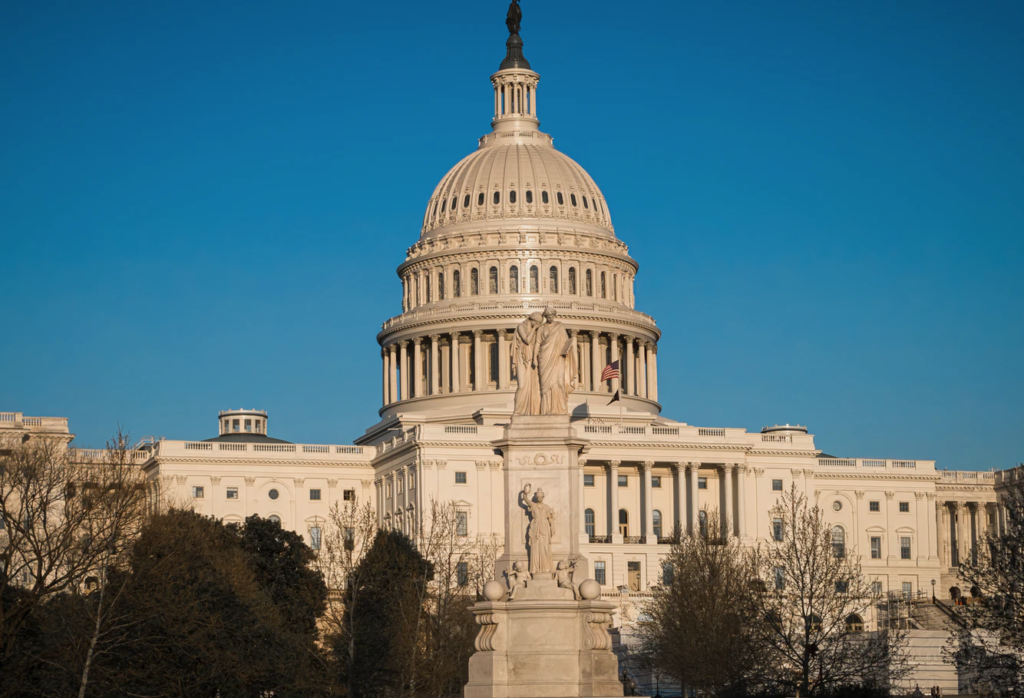
Lobbying exploded in this time period, as well. Of course, this followed a long history of money, finding easier access to halls of power.
When a municipality seeks to outsource its solid waste services, the bidding process encourages competition among the private waste sector, which in turn encourages fair pricing and good service.
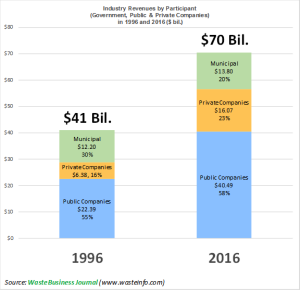
From 1996 municipal revenues from waste have shrunk while private and public company participation has skyrocketed. Let’s break this down:
Municipal = A city or town that has corporate status and local government. These communities collect various types of waste and then send it off to their disposal sites.
Private = City contracts with a privately owned company to handle the waste. Owned privately, usually meaning the founders, management, or a group of private investors.
Public = City contracts with a publicly owned company that handles the city’s waste.
A Public company is one that has sold all or a portion of itself to the public via an initial public offering (IPO), meaning shareholders have a claim to part of the company’s assets and profits.
[su_quote]TALKING POINTS From The National Waste and Recycling Association: – The private sector can help reduce costs and improve efficiency while freeing municipalities from having to maintain their own removal and disposal services. – This, in turn, allows governments to focus their limited resources on core services such as recycling education, first-responders, education, and infrastructure. – Governments are likely to benefit from privatization through better protection from market risks, better safety records, faster adoption of more efficient technologies, and less debt. [/su_quote]
The talking points are a privatizer’s dream. In the end, who paid? Did recycling, composting, waste-to-energy cover the costs of the operation? I suspect the contract called for the municipality to take care of that part of the equation.
It is common practice in this alternate world of post-reality economics to blame costs on government regulations, unions, and various other improvements to society that get in the way of excessive profits. When it comes to privatization, what really must occur is making sure the contracts benefit the taxpayers and be very careful of the fine print. I’m sure the 1996 $41 billion revenues shown above jumped to $70 billion for various reasons, but the transition does parallel the industry catching the mergers and acquisitions bug. The dedicated scavengers of old flipped the tune to bottom lines first and foremost. Of course, they were joining a general business tone that permeated those years.
You will note from above that in this 20 year period, municipal governments dropped from taking care of 35% of the waste to only 20% in 2016. Over the same period, massive companies began sucking up smaller ones creating “economies of scale.” They jumped from covering a third of the industry up to nearly 60% and growing.

Taking care of waste is a massive challenge. You eat, you drink, you buy. Things get old. Clothes, furniture, car batteries, and appliances eventually need replacing, and these old items must go somewhere. There are three main roads that our waste usually travels down: sorting and recycling, landfill dumps, and some might work their way into an incinerator to produce energy. And this is just the solid waste side of the issue.
The evolution of waste management has come a long way from the days of pigs munching on organic waste. Gone is the appointed Scavenger. Today recycling must follow the rules meant to keep our environment safe and clean.
The debates between privatizers like the National Waste and Recycling Association and Solid Waste Association of North America (SWANA), who represent more public sector types; agreeing on some things and disagreeing on others, looks a little like this:
Bruce Parker, CEO of NSWMA (private sector-oriented): “There’s no black and white between privatization and public,” Parker says. “You can always find examples of each and where it hasn’t worked.” He characterized waste collection as a commodity business, which some believe makes it more suitable for privatizing. “Garbage is pretty simple,” he says.
John Skinner, CEO of SWANA (public sector-oriented) “Solid waste is a public service,” Skinner adds. “That is the critical issue. Shortsighted governments that get out completely, with no control over costs in the future — that is very poor policy.” Skinner also points out that solid waste is a public health issue, and therefore, the government should at least maintain oversight control.
It is curious to note that Mergers and Acquisitions like to claim “efficiencies.” That’s the reason or partly that Municipal Waste Landfills went from 7,683 in 1986 to 6,326 in 1990. By 2009, the number had dropped to 1908. In the recent year of 2017, there were just 1,269 left.
SDG Goal #12 – Sustainable Production & Consumption
The world has reached a tipping point on waste, which is addressed in the United Nations Sustainable Development Goals, particularly SDG #12.

At last, natural resources should be conserved and waste creation avoided at all costs, and I suggest we follow the EPA’s formula:
365 Waste Stats & Facts for Social Media
After that short journey on waste, it’s time to educate your community on waste. That’s why our researchers have curated 365 important facts about plastic waste, food waste, e-waste, and recycling to support your social media, blogging, and other content needs with science-based, triple fact-checked stats & facts on waste. Don’t stop believing! Waste education can be easier when you plan ahead with one year’s worth of factual information to share. Power up your social media with 365 facts and stats here!
